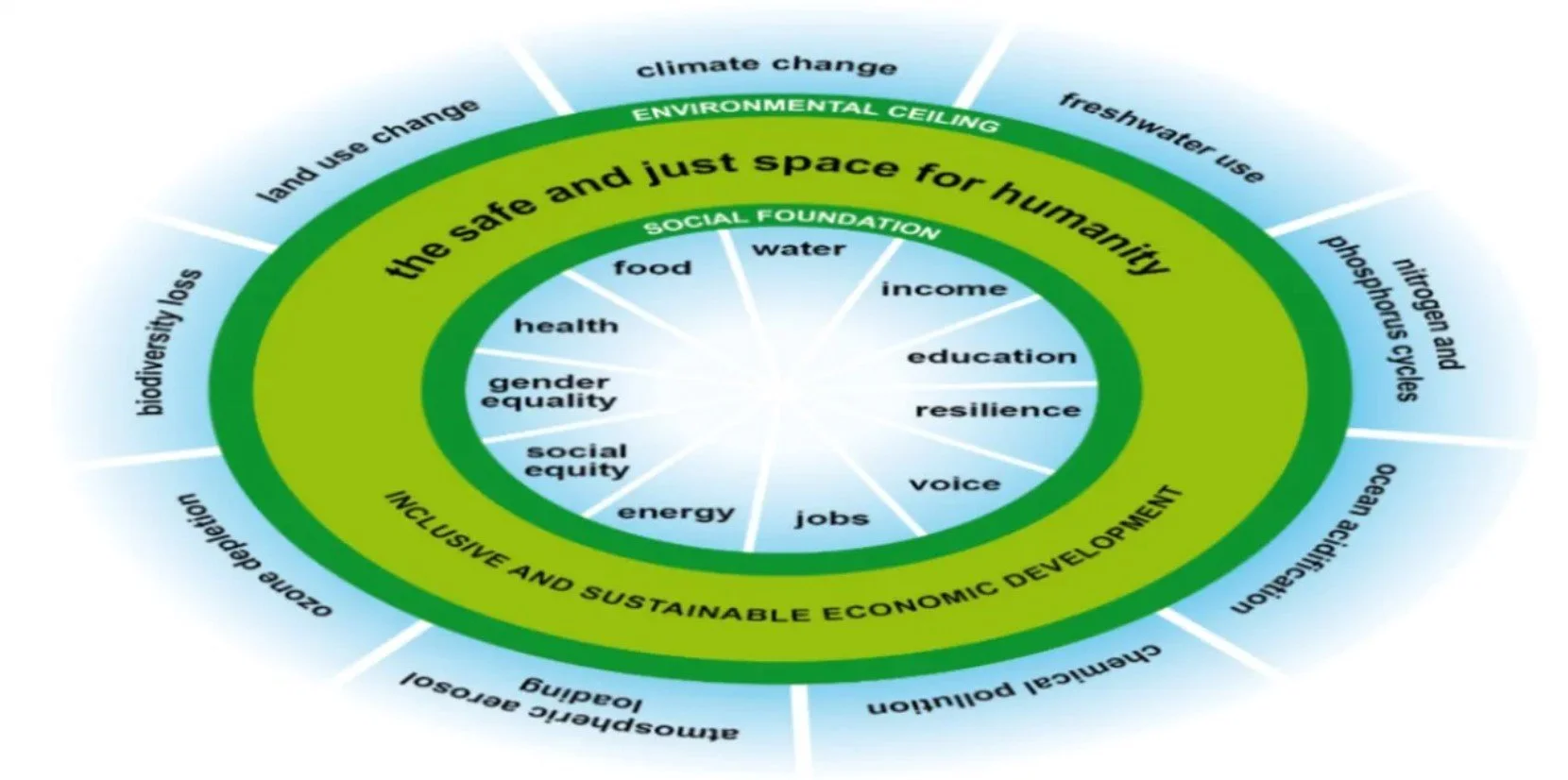Climate Change Adaptation
According to the newest International Panel on Climate Change (IPCC) Report and Findings, allocating regular time to slowing down climate change is only half of the story.
Climate change disasters increased by 5 times with the last 1.5 degree increase in temperature (between 1970 and 2019), also and increased financially by 7 times over the same time period. It is really important that the world works together to stop before the 16 or so tipping points, each which will accelerate heating.
To protect your mental health, you should allocate some time each week to (1) do 7+7 “small efforts” on climate change, (2) if you choose, allocate some of your development time to larger % attempts, and (3) outside of these climate change efforts (e.g. (1) 25 minutes and (2) 20-60 minutes, or whatever you choose), not think about it and set boundaries.
However, this is only the first half of the coin- the other half of the coin is regular adaptation efforts. 1.5 degrees is the goal, but it still risks the increase in climate change disasters with it and the risk of accelerator tipping points.
If people include climate change adaptations and preventions within their safety and prevention %s, this means that people will become as prepared as they can be for climate change disasters (and the rest will be fate).
What are ways that this could be done in practice?
It could be allocating some of your weekly development %s to researching, learning about and finding or creating %s of solutions to potential climate change risks in your area
It could be setting up climate change adaptation clubs, which could be focused on sharing mental health methods, or sharing practical adaptation techniques, or a mixture of both
It could be creating community information sharing methods around potential risks, potential methods, potential resources, and potential groups, and making sure every last person knows about these information sharing methods
It could be regularly scouting for potential climate change risks, including increasingly rare risks (for example, rare weather events)
It could be regularly searching for solutions and resources that you could turn into solutions
It could potentially mean moving, now or later
It could mean making absolutely sure that people considering moving to your region know about the risks involved beforehand
Please have a look at these articles:
What is the Race to Resilience? - Climate Champions (unfccc.int) : https://climatechampions.unfccc.int/what-is-the-race-to-resilience/
First round of initiatives join the Race to Resilience - Climate Champions (unfccc.int) : Please scroll down the page to find potential solution pages
https://racetozero.unfccc.int/first-round-of-initiatives-join-the-race-to-resilience/
Join the race - Climate Champions (unfccc.int):
https://racetozero.unfccc.int/join-the-race-to-resilience/
“Led by the High-Level Climate Champions for Climate Action, the Race to Resilience aims: By 2030, to catalyse action by non-state actors that builds the resilience of 4 billion people from vulnerable groups and communities to climate risks
Through a partnership of initiatives, focus on helping the most vulnerable, frontline communities to build resilience and adapt to the physical impacts of climate change, such as extreme heat, drought, flooding and sea-level rise, in three area types”
Regions Race to Resilience Campaign - Regions 4 :
https://regions4.org/project/regions-race-to-resilience-campaign/
The campaign aims to catalyse action by non-state actors that builds the resilience of 4 billion people from vulnerable groups and communities to climate risks, by 2030.
Due to their key position between national and local levels, subnational governments facilitate coordination and policy coherence, innovate and develop ambitious plans and adaptation. They are at the forefront to catalysing changes that are crucial for long-term resilience and face the impacts of climate change, such as extreme heat, drought, flooding and sea-level rise.
This was a really good starter article for preventing landslides: https://homequicks.com/how-to-prevent-landslides
https://www.c2es.org/content/climate-resilience-overview/
https://openknowledge.worldbank.org/handle/10986/34780
What are ways to interact with the information to the left?
The 7+7,,7 small efforts (i.e. at least 2 seconds on something hard each) described in Climate Change Article 2 are an excellent way to approach information like this (and the connected actions) is a gentle yet highly motivating way to do this.
A good starting point for interacting with this Article is finding 10 high potential climate change areas per week (within your 7+7 small efforts on something hard, or within your development time), and helping to advocate for these regularly (and safely) via social media, to understand these better, and potentially to apply some of these yourself.
Areas that also regularly need %s are
Persuading the 8 billion to do 7+7,,7 climate change (7+7) and sustainability (,,7) small efforts per week, plus any development %s if they choose to, especially around preventing tipping points (which are prevented by specific knowledge of them and by applying the largest preventions as soon as achievable, % by % by %)
Persuading the world of tech people to regularly add %s to speed up climate change and sustainability tech (to make up for the poorest 4 billion people increasing in wealth to 2050 and consuming a lot more- the main solution is rapidly increased climate change tech)
Regular social media ripples for any of the above to persuade the 8 billion, being mindful of safety and carefulness.

